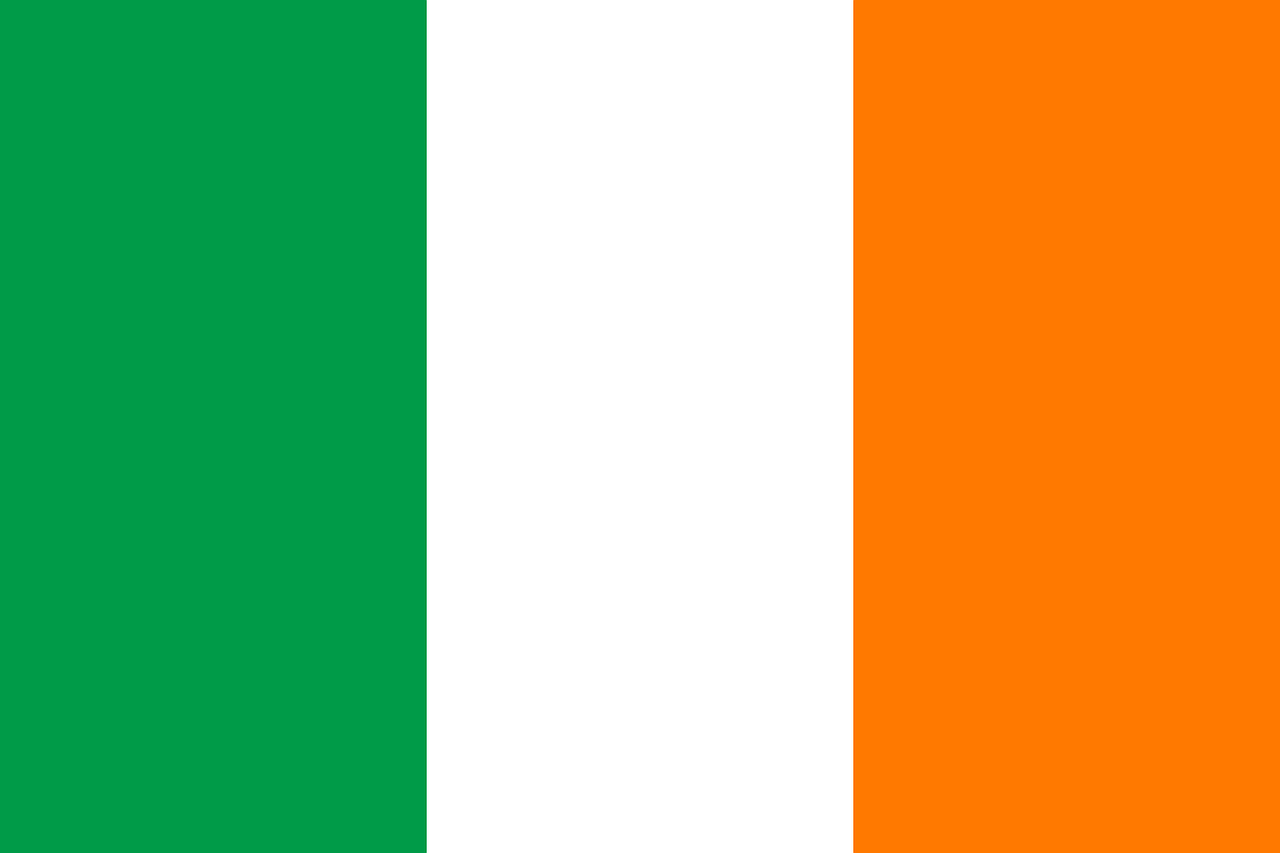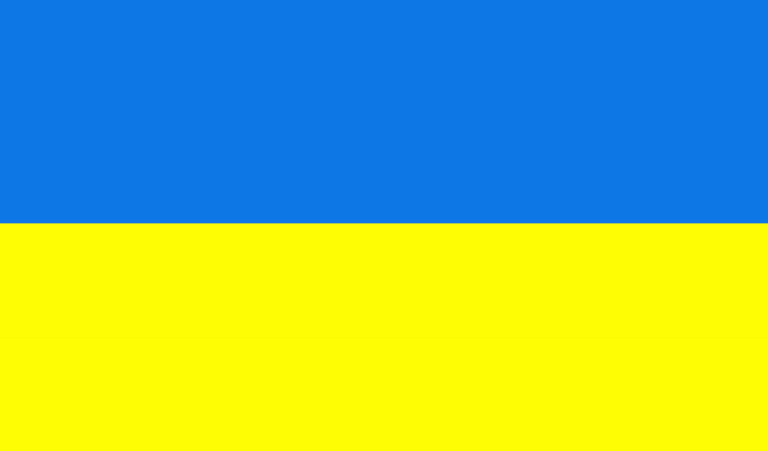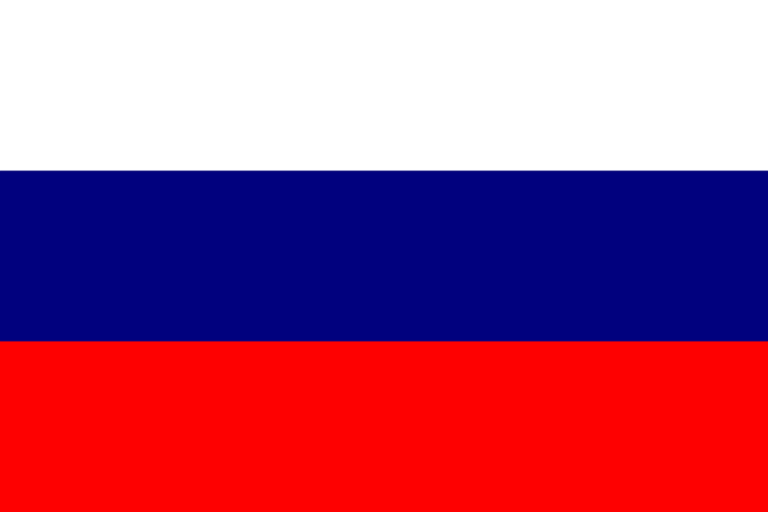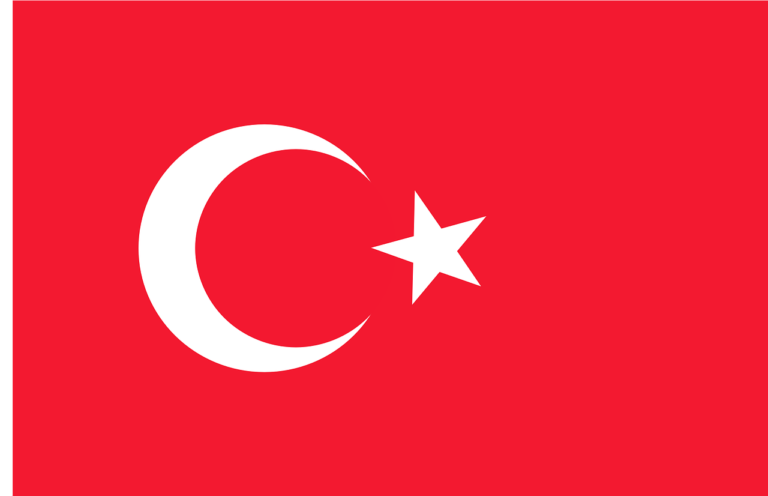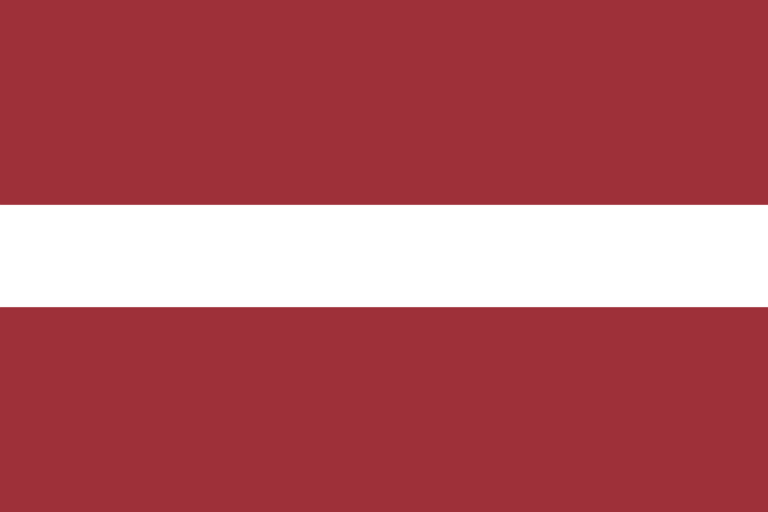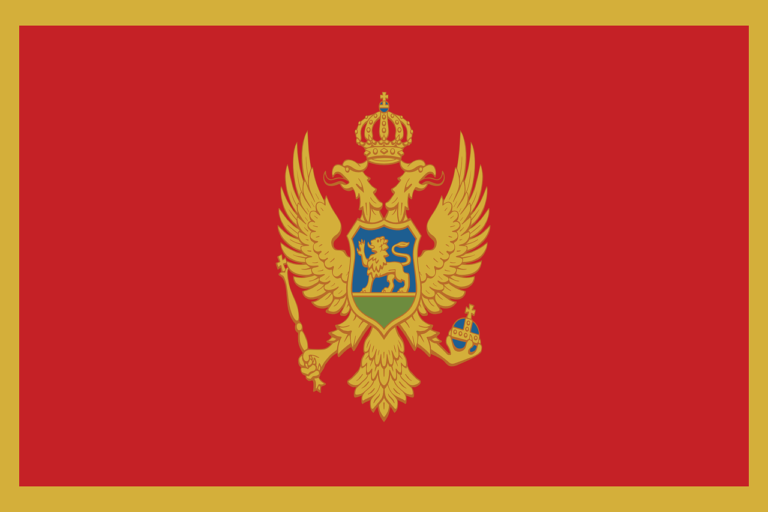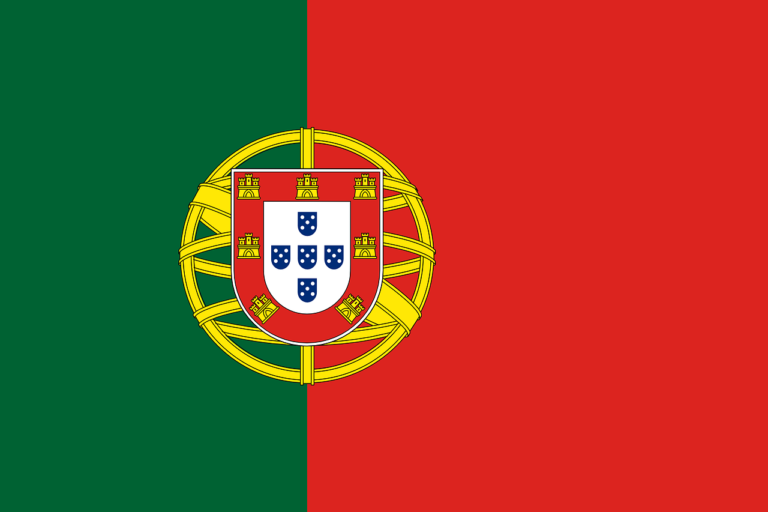Flags hold a profound significance in representing the identity and aspirations of a nation, and the national flag of Ireland, often referred to as the Tricolor, is a vibrant emblem that embodies the rich history and spirit of the Irish people. In this blog post, we will delve into the captivating story behind the Irish national flag, tracing its origins, symbolism, historical significance, and its enduring importance in contemporary Ireland.
Origins and Evolution:
The Irish national flag, known as the Tricolor, features three vertical stripes of green, white, and orange. It was first introduced in 1848 during the Irish Rebellion against British rule. The design of the flag was inspired by the French Tricolor, which symbolized the principles of the French Revolution—liberty, equality, and fraternity—and served as a source of inspiration for Irish nationalists striving for independence.
Symbolism and Meaning:
Each color of the Irish national flag carries symbolic significance. The green stripe represents the Gaelic tradition, symbolizing the aspirations for a united Ireland and the country’s lush landscapes. The white stripe represents peace, harmony, and a hope for unity between the two main communities on the island—Catholics and Protestants. The orange stripe represents the Protestant community and symbolizes the historical connections to William of Orange and the Protestant tradition.
Historical Significance:
The Tricolor has witnessed significant historical moments in Ireland’s struggle for independence and self-determination. It became a powerful symbol during the Easter Rising of 1916, when Irish nationalists rebelled against British rule. The flag was raised above the General Post Office in Dublin, signaling the desire for a free and united Ireland.
Contemporary Importance and National Identity:
In present-day Ireland, the Tricolor holds immense importance. It serves as a symbol of national pride, unity, and shared values. The flag is prominently displayed during national holidays, such as St. Patrick’s Day, and is proudly waved by supporters at sporting events and public gatherings. The Tricolor embodies the spirit of Irish identity, fostering a sense of belonging and solidarity among the Irish people.
The Irish national flag plays a significant role in shaping the national identity of Ireland. It represents the desire for unity, peace, and equality among all Irish citizens. It serves as a reminder of the country’s rich cultural heritage, the struggles endured, and the progress made on the path to independence.
International Recognition and Reconciliation:
The Tricolor has gained international recognition as a symbol of Irish culture and identity. It is proudly flown at Irish embassies and consulates worldwide, representing Ireland’s global presence and its commitment to peace and cooperation. The flag has also played a role in reconciliation efforts, serving as a powerful symbol of inclusivity and the aspiration for understanding and harmony between different communities in Ireland.
The Irish national flag, with its iconic Tricolor design of green, white, and orange, encapsulates the heritage, unity, and aspirations of Ireland. It represents the struggle for independence, the quest for peace, and the celebration of Irish culture and identity. The Tricolor serves as a powerful symbol of national pride and unity, fostering a sense of belonging among the Irish people. As Ireland continues to progress and shape its future, the Tricolor will remain an enduring emblem, representing the country’s rich history, vibrant culture, and the unwavering spirit of the Irish nation.
